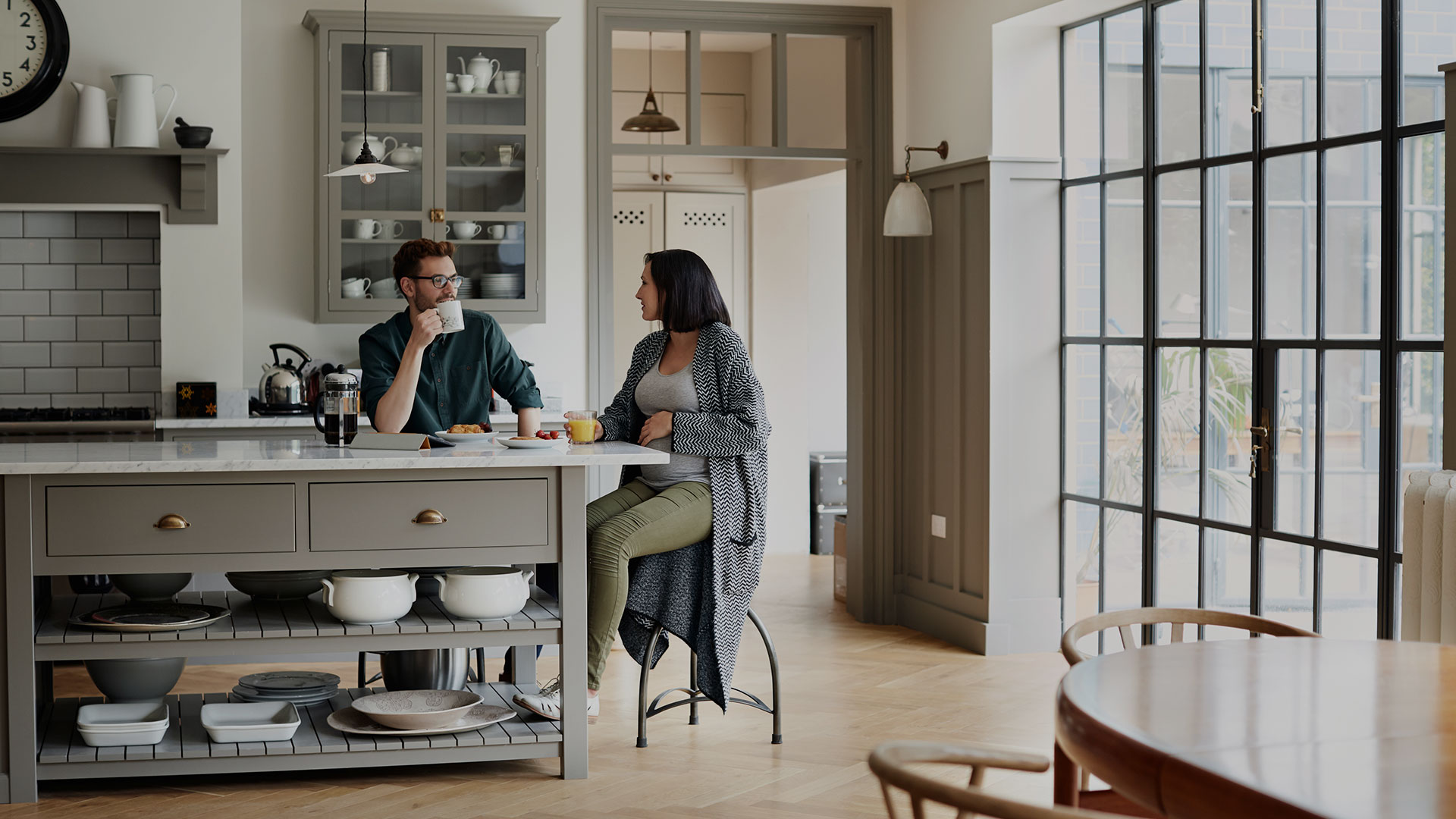As homeowners, we all strive to make our living spaces more comfortable and affordable to maintain. One of the best ways to achieve this is by improving your home’s energy efficiency. Not only does this reduce your environmental footprint, but it can also lead to significant savings on utility bills over time. Whether you’re planning a full renovation or looking for smaller changes, here’s how you can create a more energy-efficient home.
1. Upgrade Your Insulation
Proper insulation is the cornerstone of an energy-efficient home. It helps maintain indoor temperature, reducing the need for heating in winter and air conditioning in summer. Key areas to focus on include:
- Attic insulation: Heat rises, making your attic one of the biggest sources of energy loss. Upgrading insulation here can have a significant impact.
- Walls and floors: Insulating your walls and floors, especially in older homes, can drastically cut down on drafts and temperature fluctuations.
- Windows and doors: Consider upgrading to double- or triple-pane windows and weather-stripping your doors to prevent air leakage.
2. Invest in Energy-Efficient Appliances
Appliances are one of the biggest energy consumers in any home. When upgrading or replacing appliances, look for those with the ENERGY STAR® label, which guarantees they meet high energy-efficiency standards.
- Heating and cooling systems: Consider a modern, high-efficiency HVAC system, or explore alternatives like heat pumps.
- Water heaters: Opt for energy-efficient models like tankless water heaters that only heat water when needed.
- Smart appliances: Devices such as smart thermostats, refrigerators, and washing machines can learn your habits and adjust their energy use accordingly, offering both convenience and savings.
3. Harness the Power of Solar Energy
Solar panels are becoming increasingly affordable and can drastically reduce your dependence on the grid. If full solar conversion isn’t feasible, consider smaller alternatives like solar water heaters or solar-powered outdoor lighting. Many governments and municipalities also offer tax incentives or rebates for homeowners who invest in renewable energy solutions.
4. Switch to Energy-Efficient Lighting
Switching to LED bulbs is a simple yet effective way to lower energy consumption. They use up to 75% less energy than incandescent bulbs and can last up to 25 times longer. You can further optimize lighting with smart controls, which allow you to adjust lighting remotely and set schedules to reduce unnecessary usage.
5. Seal Gaps and Cracks
Air leaks can account for a significant portion of energy loss in a home. Sealing gaps around windows, doors, and even electrical outlets can go a long way toward improving energy efficiency. Use caulking or weatherstripping to seal these areas, keeping warm air in during the winter and cool air in during the summer.
6. Upgrade to Energy-Efficient Windows and Doors
Old, drafty windows and doors can cause a significant amount of energy loss. Upgrading to energy-efficient windows with double or triple glazing, and doors with insulated cores, can keep your home at a consistent temperature, reducing the need for extra heating or cooling.
7. Install Smart Home Technology
Smart home systems like thermostats, lighting, and plugs can optimize energy use in your home. For example, a smart thermostat learns your routine and automatically adjusts the temperature to save energy when you’re not home. Meanwhile, smart lighting systems can turn off lights in unoccupied rooms and even adjust based on natural daylight availability.
8. Consider Energy-Efficient Landscaping
Landscaping can also contribute to energy efficiency. Planting trees and shrubs strategically around your home can provide natural shade in summer, reducing the need for air conditioning. In winter, evergreens can act as windbreaks, lowering your heating costs by minimizing cold drafts.
9. Perform Regular Maintenance
Simple maintenance tasks can ensure your home remains energy efficient over time. Clean or replace HVAC filters regularly, flush out your water heater, and inspect appliances to make sure they’re operating efficiently.
Creating an energy-efficient home doesn’t happen overnight, but even small steps can lead to significant improvements in comfort and cost savings. Start with one or two of the tips above and build from there. Not only will you enjoy lower utility bills, but you’ll also be contributing to a healthier environment, making your home more sustainable for future generations.

 Facebook
Facebook
 X
X
 Pinterest
Pinterest
 Copy Link
Copy Link



